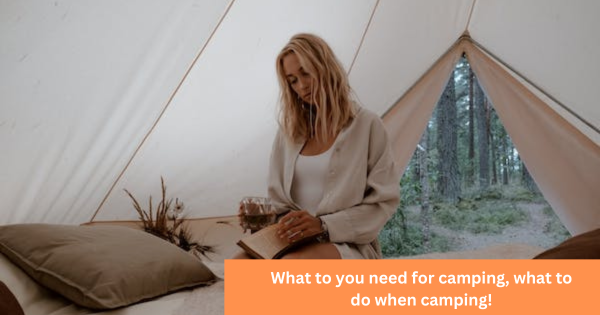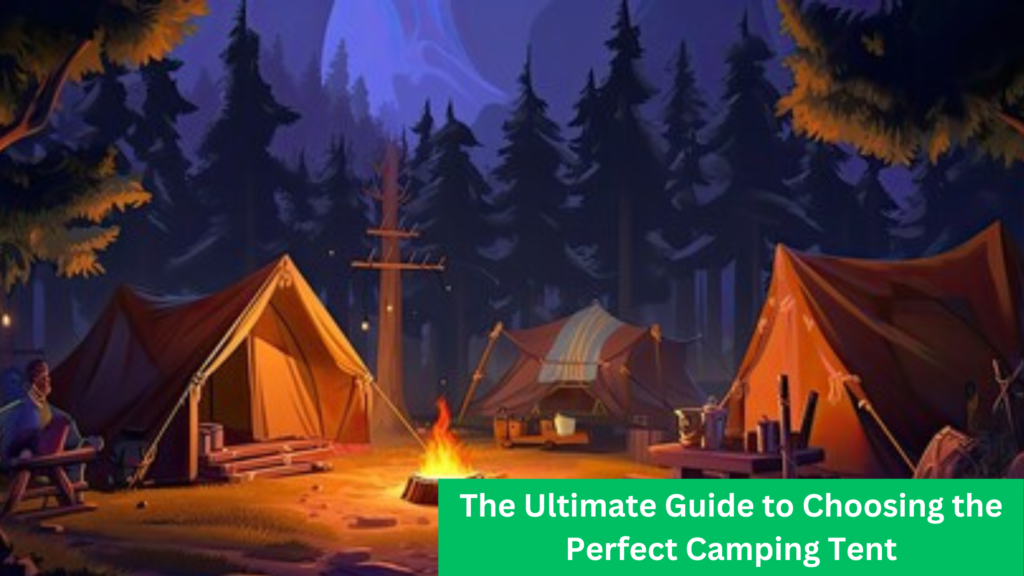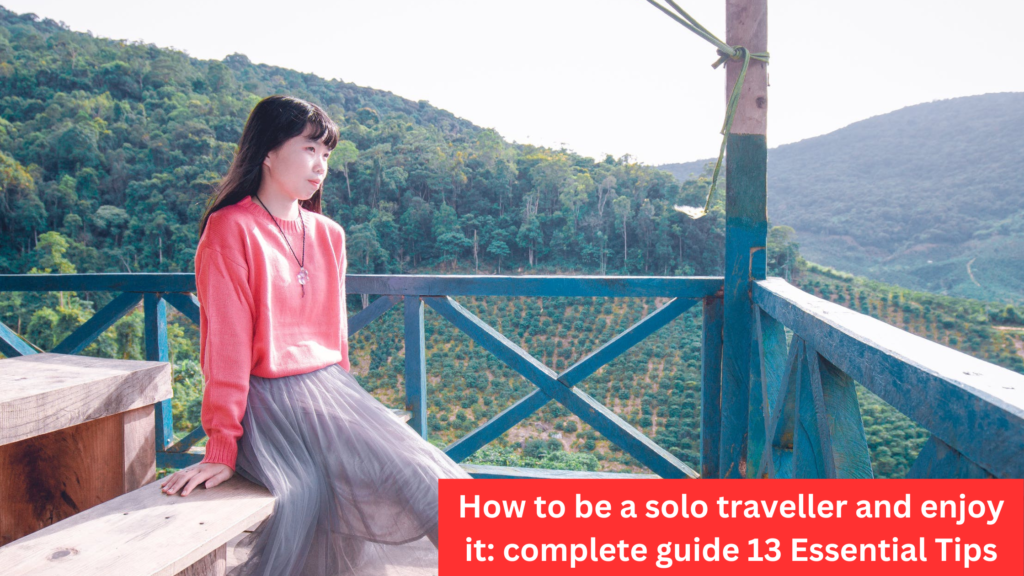What to you need for camping, what to do when camping
Camping is a form of outdoor recreation where individuals or groups set up temporary shelters in natural settings.Camping provides a rejuvenating escape to nature, fostering cherished moments with loved ones. Wondering, What to bring camping Here’s a brief guide for a seamless trip: prioritize a suitable tent, sleeping bag, and cooking essentials. Dress in layers, pack rain gear, and include navigation tools for safety. Illuminate your campsite with a headlamp and keep devices charged with a power bank. Don’t overlook personal items like sunscreen and a first aid kit. Enhance relaxation with entertainment options and comfortable seating. With this concise checklist, ensure a well-prepared and enjoyable camping experience, reconnecting with the great outdoors.
How to Take Camping
Camping is not just about pitching a tent in the woods it’s a holistic experience that requires thoughtful planning and preparation.Camping offers a unique opportunity to disconnect from the hustle and bustle of everyday life and immerse oneself in the tranquility of nature.
Camping as a Social Activity
Whether camping with friends, family, or solo, it provides a chance to bond, share stories around the campfire, and enjoy quality time together.
Types of Camping
There are various forms of camping, including car camping, backpacking, and RV camping. Each type caters to different preferences and levels of outdoor experience.
1.Selecting a Suitable Campsite
Begin by choosing a campsite that aligns with your preferences and activities. Research the area, considering factors like proximity to water sources, hiking trails, and regulations.
2.Planning Your Camping Itinerary
Create a rough itinerary outlining the activities you want to engage in during your camping trip. This will help you pack accordingly and make the most of your time in the great outdoors.
3.Packing Essentials
Ensure you have the necessary gear, including a reliable camping tent, sleeping bag, and cooking equipment. Pack weather-appropriate clothing and a first aid kit to address any unforeseen situations.
4.Leave No Trace
Respect the environment by following Leave No Trace principles. Dispose of waste responsibly, avoid disturbing wildlife, and leave the campsite as you found it.
What to Wear Camping
Choosing the right clothing is crucial for comfort and safety during your camping adventure.
1.Layering for Variable Weather
Opt for a layering system that includes moisture-wicking base layers, insulating mid-layers, and waterproof outer layers. This allows you to adapt to changing weather conditions.
2.Sturdy Footwear
Invest in quality hiking boots or shoes to provide support and protect your feet on uneven terrain. Break them in before your trip to avoid discomfort.
3.Weather-Appropriate Accessories
Pack a hat, gloves, and a rain jacket or poncho to shield yourself from the elements. Sunglasses and sunscreen are also essential for sun protection.
Camping Gear Essentials
1.Camping Tents
A reliable camping tent is the cornerstone of your outdoor shelter. Consider the size, weight, and seasonality of the tent based on your camping needs. Look for features like waterproofing and proper ventilation for added comfort.
2.Camping Lanterns
Lighting is crucial when camping. Opt for a durable camping lantern to illuminate your surroundings at night. LED lanterns are energy-efficient and provide excellent visibility.
3.Camping Chairs
Comfort is key, and portable camping chairs offer a convenient solution. Look for lightweight, foldable chairs that are easy to transport and set up at your campsite.
list of items to consider bringing when camping
1.Shelter and Sleeping Gear
- Tent
- Sleeping bag
- Sleeping pad or air mattress
- Pillow
2.Clothing
- Weather-appropriate clothing (considering both day and night temperatures)
- Rain jacket or poncho
- Hat and gloves
- Extra socks and underwear
- Comfortable hiking boots or shoes
3.Cooking and Eating Utensils
- Portable stove or camping grill
- Fuel for the stove
- Cooking pots and pans
- Utensils (spatula, cooking spoon, knife, etc.)
- Plates, bowls, and cups
- Biodegradable soap and sponge
- Cooler with ice packs
4.Food and Snacks
- Non-perishable food items
- Snacks
- Drinking water (or water purification tablets/filter)
- Coffee or tea (if desired)
5.Navigation and Lighting
- Map and compass
- GPS device (optional)
- Headlamp or flashlight with extra batteries
6.First Aid Kit
- Bandages, gauze, and adhesive tape
- Antiseptic wipes
- Pain relievers
- Tweezers and scissors
- Personal medications
7.Personal Items
- Sunscreen
- Insect repellent
- Multi-tool or knife
- Biodegradable toilet paper
- Towel
8.Camping Furniture
- Camp chairs or portable seating
- Folding table (if space allows)
9.Safety and Emergency Gear
- First aid kit
- Firestarter or waterproof matches
- Multi-tool or knife
- Emergency whistle
- Emergency shelter (like a lightweight tarp)
10.Entertainment and Comfort
- Books, cards, or other entertainment
- Camera or smartphone for capturing memories
- Camping pillow or inflatable pillow
11.Miscellaneous
- Trash bags
- Duct tape
- Repair kits for gear
- Camping permit or reservation information
Remember that this list can be adjusted based on the specific type of camping trip, weather conditions, and personal preferences. Always check and follow local regulations and guidelines when camping in a particular area.
conclution
well-prepared camping trip is the key to unlocking the full beauty and enjoyment of the great outdoors. By addressing the essential question of What to bring camping and carefully considering your gear and supplies, you set the stage for a seamless and memorable adventure. From shelter and cooking essentials to safety and personal items, each component plays a crucial role in enhancing your camping experience.
FAQ
1.What are the essential items to bring for camping?
The must-haves include a suitable tent, sleeping bag, cooking equipment, weather-appropriate clothing, navigation tools, and personal items like sunscreen and a first aid kit.
2.How do I choose the right camping tent?
Consider the size needed for your group, weather conditions, and ease of setup. Look for features like proper ventilation and durability for a comfortable stay.
3.What clothing should I pack for a camping trip?
Pack layers for varying temperatures, including a waterproof jacket and sturdy hiking boots. Consider the climate of your destination and plan accordingly.
4.Is it necessary to bring a portable stove for camping?
While campfires can be enjoyable, a portable stove offers a convenient and efficient way to prepare meals. Check local regulations and ensure you have the necessary permits.
5.How do I stay safe during a camping trip?
Prioritize safety with a well-stocked first aid kit, navigation tools, and knowledge of the camping area. Follow Leave No Trace principles, and be aware of wildlife and weather conditions for a secure experience.
Keep reading here:Discover the Magic of Lakshadweep Tourism
Special Thanks
Thank you to all my blog visitors for your continuous support and engagement. Your interest and feedback inspire me to keep creating content. I’m grateful for each and every one of you. Let’s continue this journey together, exploring new ideas and experiences. Thank you from the bottom of my heart!




